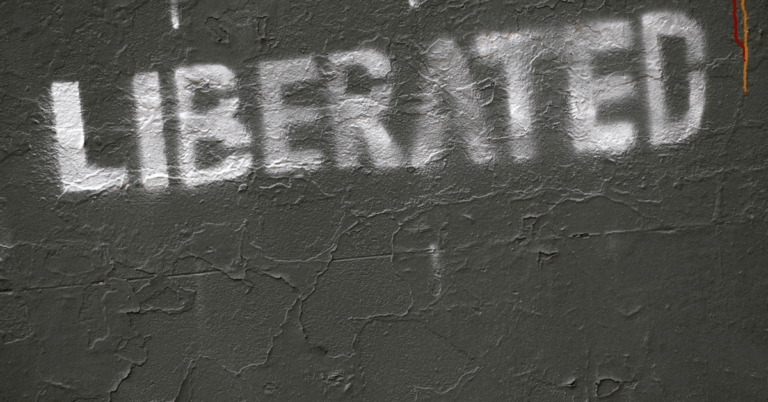
According to the AAC&U, a liberal arts education is valuable in the workplace and is relevant to students’ career goals. This educational pathway is designed to prepare students for lifelong learning, civic involvement, and personal flourishing. In 1905, the New International Encyclopedia defined the seven liberal art disciplines as: philosophy, language, literature, and the natural sciences. In 2010, a bibliography of liberal education by Andrew Chrucky was published.
A liberal arts degree combines practical knowledge with philosophical ideas and ideals. Usually, this type of education is part of the general education requirements in state schools and in colleges specializing in the liberal arts. Some of the subjects that can be included in a liberal arts education are Astronomy, Biology, Chemistry, Physics, and Art. There are also many other majors in physical sciences, such as Astronomy and Mathematics. A typical college-level liberal arts course includes a combination of both practical knowledge and philosophical knowledge.
A liberal arts education is valuable for many reasons, including the economic value it offers. A graduate with a liberal arts degree is more likely to understand complex problems and to come up with creative solutions. A liberal arts education is also beneficial for students’ lives because it prepares them for a wide variety of careers. While liberal-arts graduates often enjoy a higher income, they have a better chance of transferring to a four-year college and securing a lucrative job after graduation. In addition, a liberal-arts education provides a solid foundation for graduate study and creates valuable members of the community.
The value of a liberal arts education extends beyond economic value. A graduate with a liberal arts degree is more prepared for life and employment than a student with a technical degree. Regardless of their career path, a liberal-arts education is a solid foundation for graduate studies and a bright future. It is an excellent way to prepare for the workforce and contribute to society. When applied to the workplace, a liberal-arts education is valuable.
The liberal arts curriculum includes a wide range of disciplines. Its core objective is to foster a well-rounded individual. The liberal arts curriculum typically includes courses in the humanities, classical languages (such as Latin/Greek), and the formal sciences, such as mathematics and astronomy. In many cases, a liberal arts education may include a particular academic interest. The liberal-arts degree is an excellent choice if you are serious about a career in the liberal-arts.
A liberal-arts education focuses on a variety of topics that are relevant to many careers. It is a broad, balanced approach to developing a well-rounded individual. The broad approach allows students to study a broader range of subjects in the humanities, such as history, philosophy, and foreign languages. The liberal arts curriculum also emphasizes the importance of thinking critically, writing cogently, and fostering an appreciation of diverse perspectives.
The liberal arts curriculum integrates philosophic and practical knowledge. Its main goal is to teach students how to think independently and apply that knowledge in their lives. Its majors should be able to apply their skills in many different fields, including business, finance, and politics. This education is essential for future success in the job market. It is an excellent foundation for graduate study, and graduates with a liberal arts background are highly sought after by graduate schools. Their degree will also make them more likely to receive personal letters of recommendation from professors.
Besides a liberal arts degree, a bachelor’s degree in a related field is also an excellent choice. Some majors in these fields include physical science, such as astronomy, mathematics, and chemistry. Some even take a liberal arts degree in a single field. The common courses that are taught at a liberal arts college include literature, history, mathematics, and philosophy. There are also many opportunities in this field.
In addition to the liberal arts degree, a liberal arts education can be valuable in the workplace. A liberal arts degree can be useful in many fields, including public speaking, writing, and the social sciences. Additionally, a liberal arts education can give students a leg up in graduate school. So, regardless of your career aspirations, a liberal-arts degree will help you find your way to a successful career. The more diversified your knowledge, the more versatile you will be.

[…] Also Read: The Value of a Liberal Arts Education […]